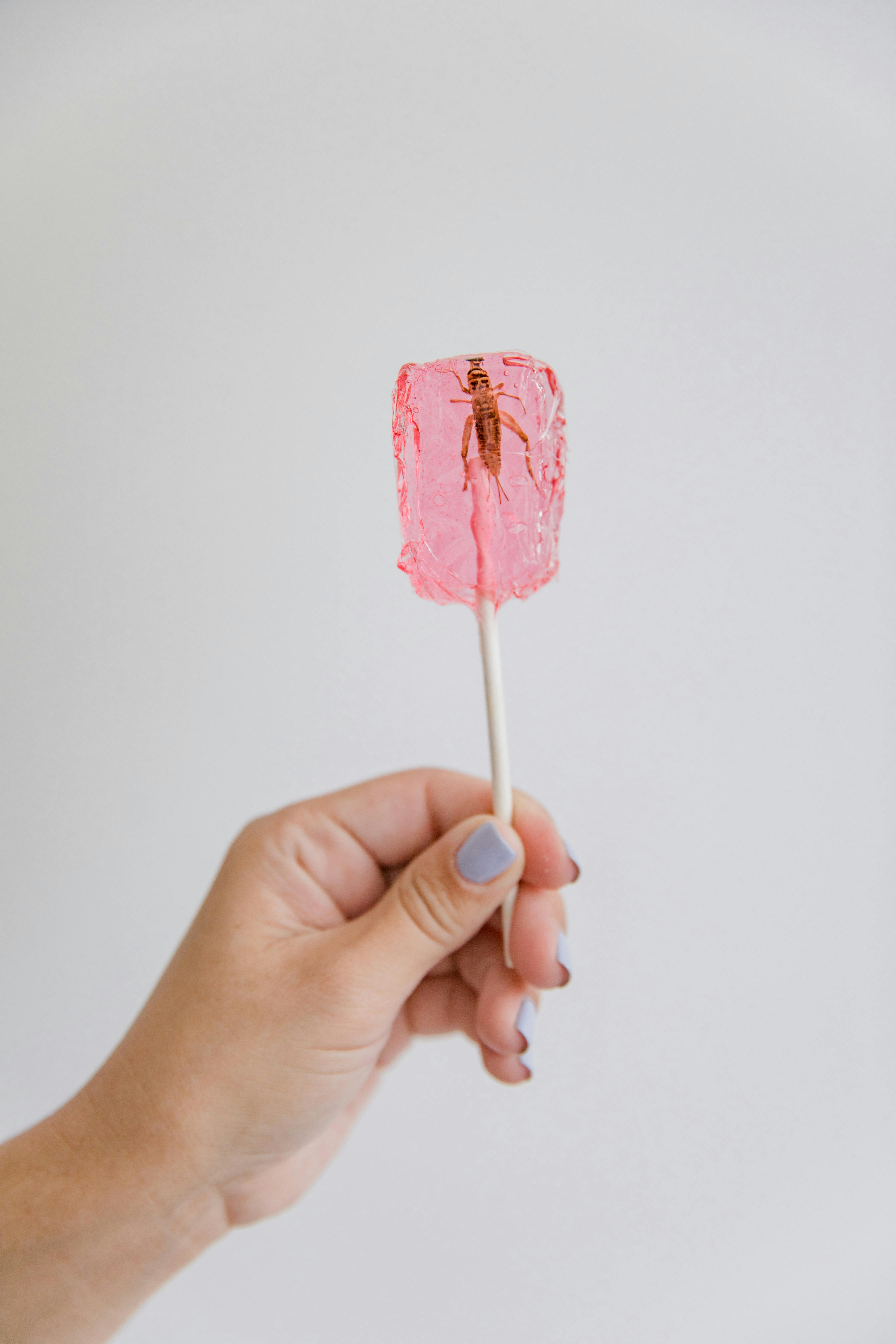Experiencing the Art of Edible Flowers: A Blossoming Culinary Trend
Flowers have graced our tables as decorative pieces for years, but now they're moving from the vase to the plate. The culinary use of flowers is not a novel concept, but recently, this underutilized food group has started to bloom in the culinary world once again. In this article, we delve into the world of edible flowers, a trend that is not only aesthetically pleasing but also offers a new spectrum of flavors and health benefits.

The Renaissance of Floral Cuisine
Floral cuisine’s roots trace back to the Roman Empire, and through the centuries, various cultures have integrated flowers into their dishes. Today, chefs worldwide are revisiting this age-old tradition, using blossoms to elevate their gastronomic creations to new heights. In this resurgence, the emphasis is not just on aesthetics, but also on taste and nutrition, as many flowers are rich in vitamins and antioxidants.
The Edible Blossom Variety
There is an array of edible flowers that one can incorporate into their dishes. From the spicy flavor of nasturtiums to the sweet notes of violas, the palette of tastes is as diverse as the flowers themselves. Other popular edible flowers include marigolds, known for their citrusy taste, and chive blossoms, which impart a delicate onion flavor.
Incorporating Edible Flowers into Dishes
The use of edible flowers isn’t just confined to salads and garnishes. They can be used in a variety of ways: mixed into butter or cheese for an aromatic spread, steeped in vinegar for a floral twist, or even incorporated into cocktails for a decorative and flavorful touch. The possibilities are endless, and it’s this versatility that is driving the edible flower trend forward.
Health Benefits of Edible Flowers
Beyond their culinary appeal, edible flowers have health benefits too. They are rich in nectar and pollen, which are high in vitamins and minerals. For example, roses—not just a symbol of love, but a nutritional powerhouse—are high in vitamin C. Similarly, dandelions, often dismissed as a garden nuisance, are filled with vitamins A and K.
Tips for Using Edible Flowers in Your Kitchen
- Always ensure that the flowers are safe to eat and free from pesticides.
- Introduce flowers into your diet gradually, as some can cause allergic reactions.
- Use flowers that complement the other flavors in your dish.
- Remember, not all flowers are edible, so do your research.
With this trend, the culinary world is literally blossoming. Edible flowers offer an innovative way to add color, flavor, and nutritional value to your dishes. So, next time you’re in the kitchen, why not try adding a floral touch to your culinary creations? May the flower power be with you!




